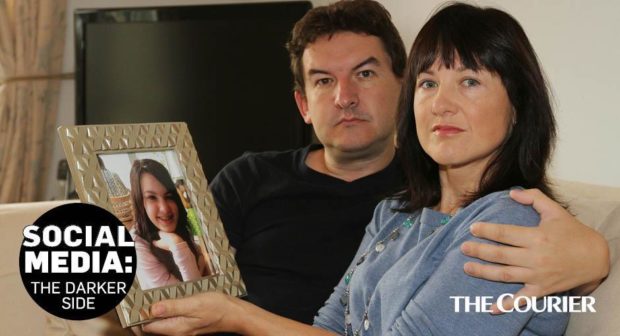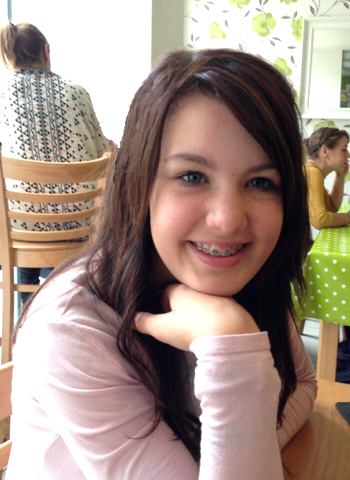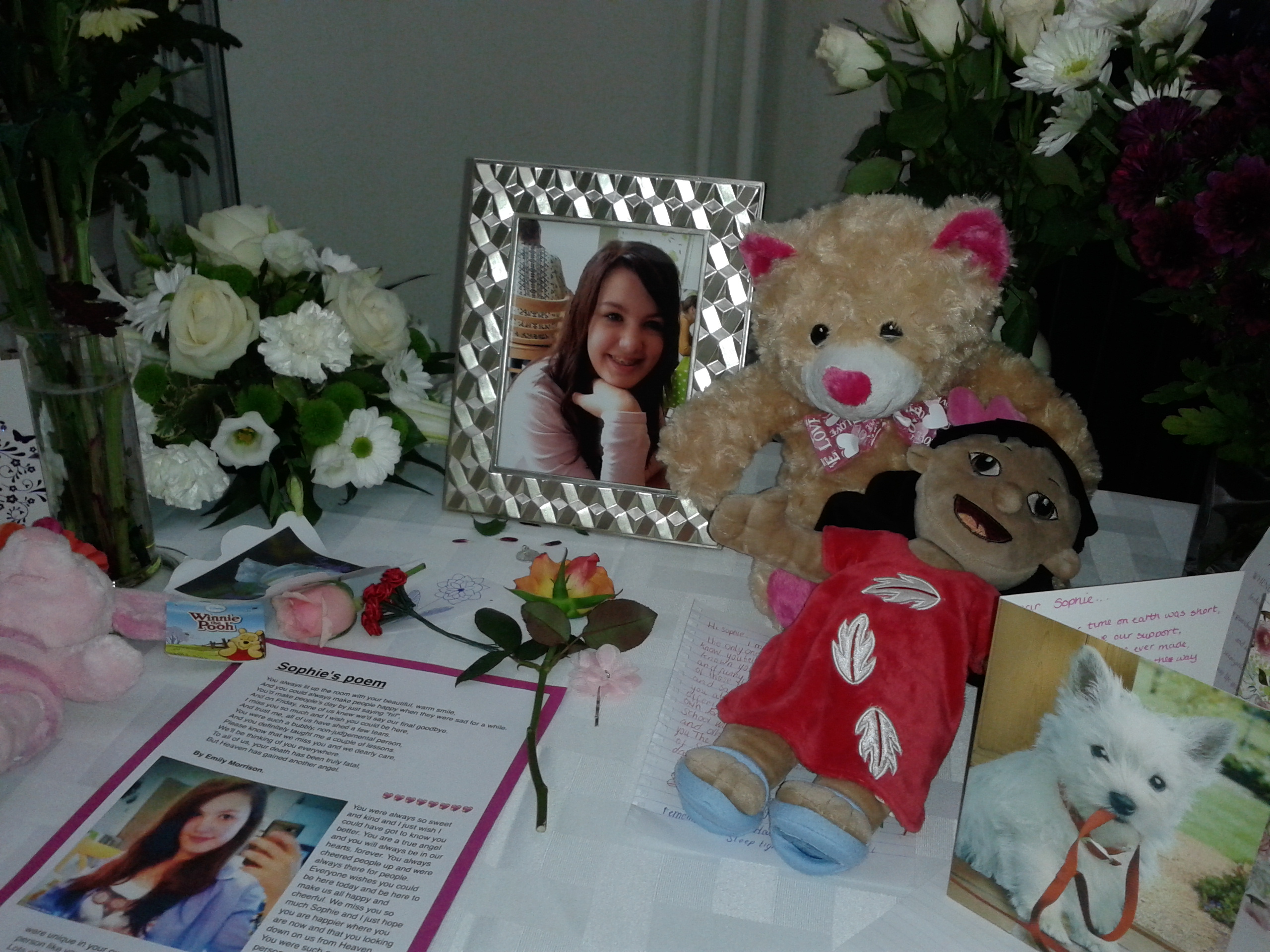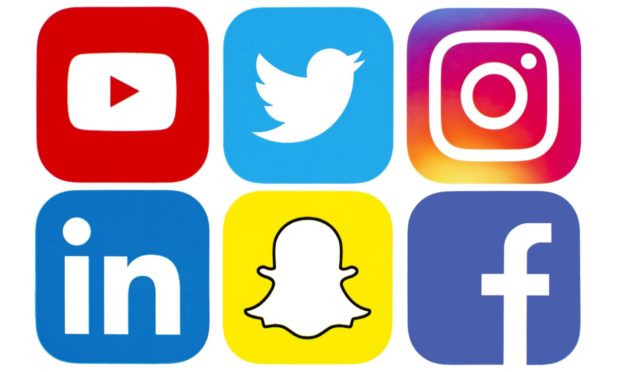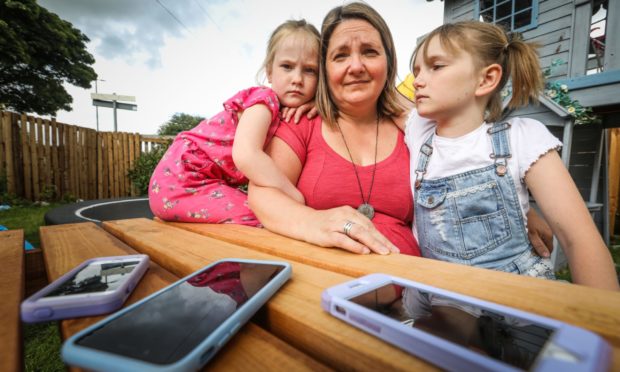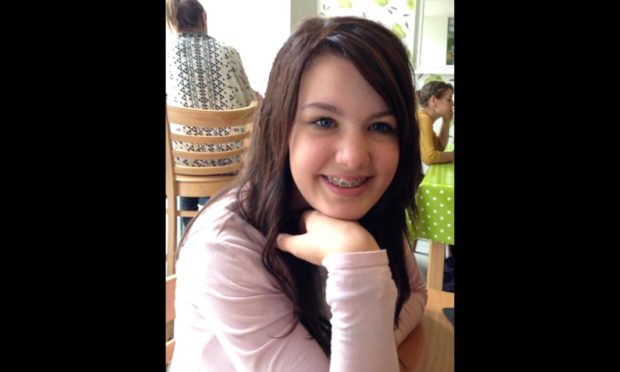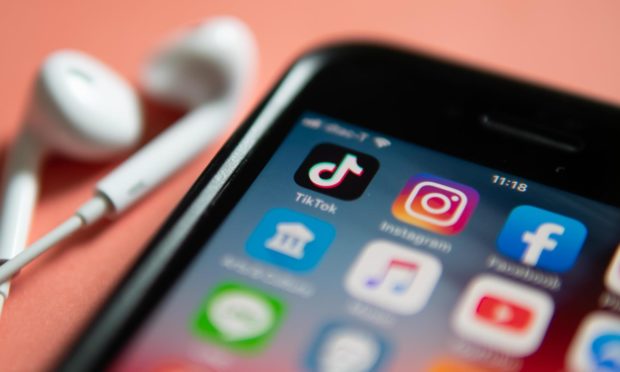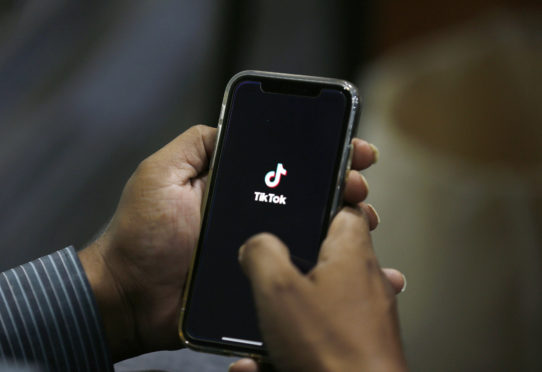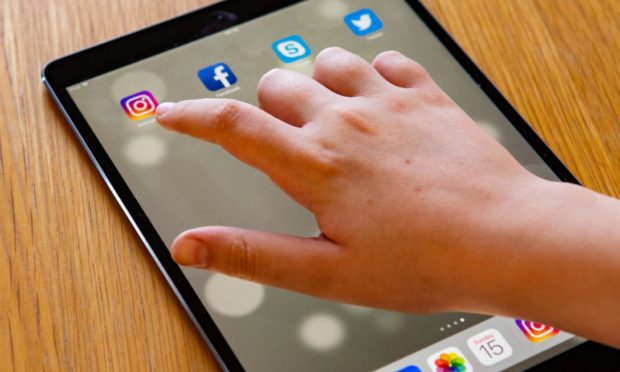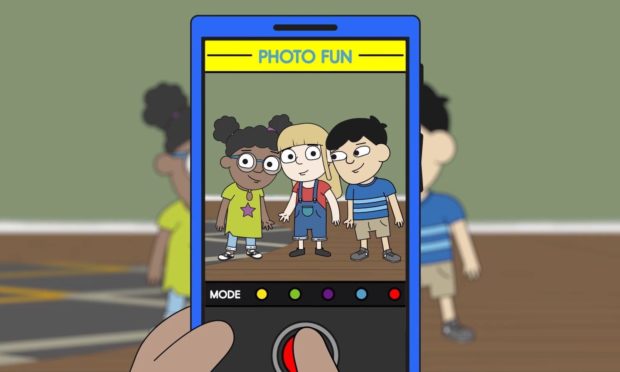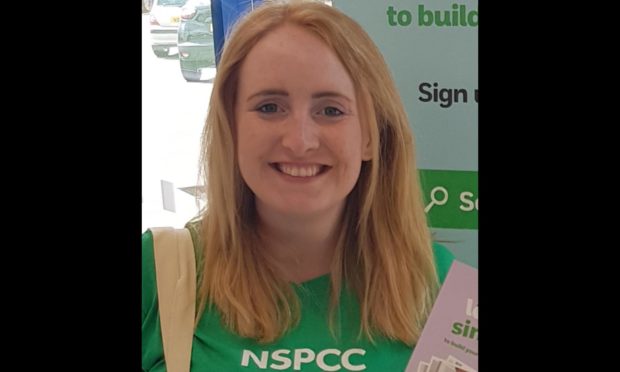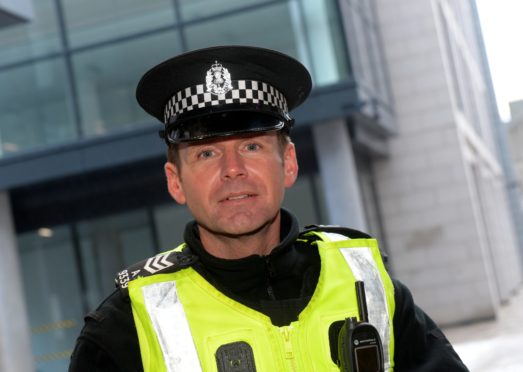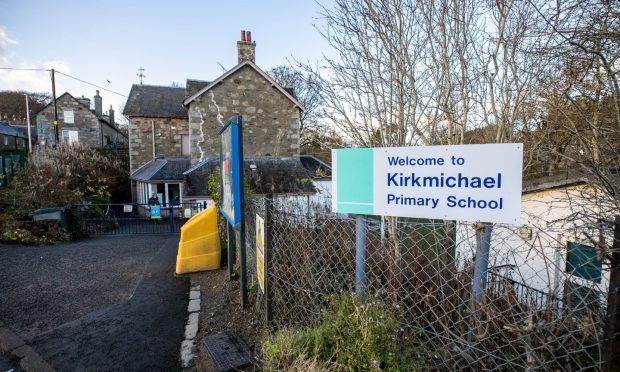Sophie Parkinson was just 13-years-old when she took her own life in 2014. Her mother Ruth Moss has urged other parents to check in on their children’s social media use to save young lives.
Parents cannot be there to watch their children’s every digital move but having open and honest conversations can help, says Ruth.
Sophie was described as a talented and kind second year pupil at Dundee High School who enjoyed a range of activities including cooking and acting.
She had struggled with her mental health from the age of seven and had sought support from local doctors.
But harmful content viewed by the Liff teenager around the ages of 12 and 13 exacerbated her mental health struggles and had a “damaging” impact on her life.
Ruth, who now lives in Edinburgh, bought Sophie her first mobile phone when she was 12 years old. She wanted to give her daughter more “freedom” as she transitioned from child to teenager as many of her school friends already had their own devices.
Ruth said she had restricted Sophie’s internet and social media access at home in the hope of keeping her safe from online harms.
But Sophie was still able to access harmful content while outside. She had watched harmful guides on self-harm and suicide and had also been striking up conversations with older men, pretending to be 18 years old.
Ruth said she was “naïve” to the dangers of social media as her daughter’s social media usage spiralled out of control.
Fell into danger
“A lot of people say that a 12-year-old shouldn’t have access to a phone and the internet but I’m quite defensive about that. It’s the norm these days and Sophie was no different,” she said.
“She got the bus to school and had after-school activities and we figured it would be good for her to be able to contact us.”
Parental controls were hard to come by on many phones back then, Ruth said, making her internet access outside of the family home difficult to control.
Sophie ended up falling into danger online as she started to interact with older men and receiving inappropriate photographs.
Ruth said she believes her daughter did not realise what she was getting herself into as the messaging escalated.
She continued: “Sophie had her own passcode and I tried to get that balance between giving Sophie her freedom and being a responsible parent.
“But after some difficulty and a lot of arguing, we got into her phone. We found she had been contacting older men, and older men had been contacting her. She had also been pretending to be older than she was.
“As a parent, that became very difficult. There were pictures sent by these older men that were completely inappropriate.
“About the same time, Sophie had begun to view some quite difficult adult content and was only 13 when I found this on her phone and that was quite horrifying for me.
“When Sophie died, we also realised she had accessed sites that showed her how to die by suicide. It was very distressing.
“It’s very hard for parents to control and it was at that point I thought ‘this is just wrong – we’re exposing our children to these harms’”.
I don’t think people realise how easy it is for children to access harmful content.”
Following Sophie’s death, Ruth has been sharing her story with governments, charities and parents in the hope it will help educate people on the dangers of social media.
She wants parents to speak to their children and engage with their children early on – before it is too late.
She said: “I just started to talk to people about what had happened to Sophie. I don’t think people realise how easy it is for children to access harmful content.
“I wanted to make parents, not frightened of it, but to have those conversations with their children early on.
“I was naïve – I use the internet every day and I use social media myself. I was naïve to how easy it was for a responsible parent to fall into trap of getting into difficulty with their child online.
“So I started to just speak out and tell my story. It’s an important issue and I know there’s Covid and everyone has other important issues going on but this can really impact children.”
